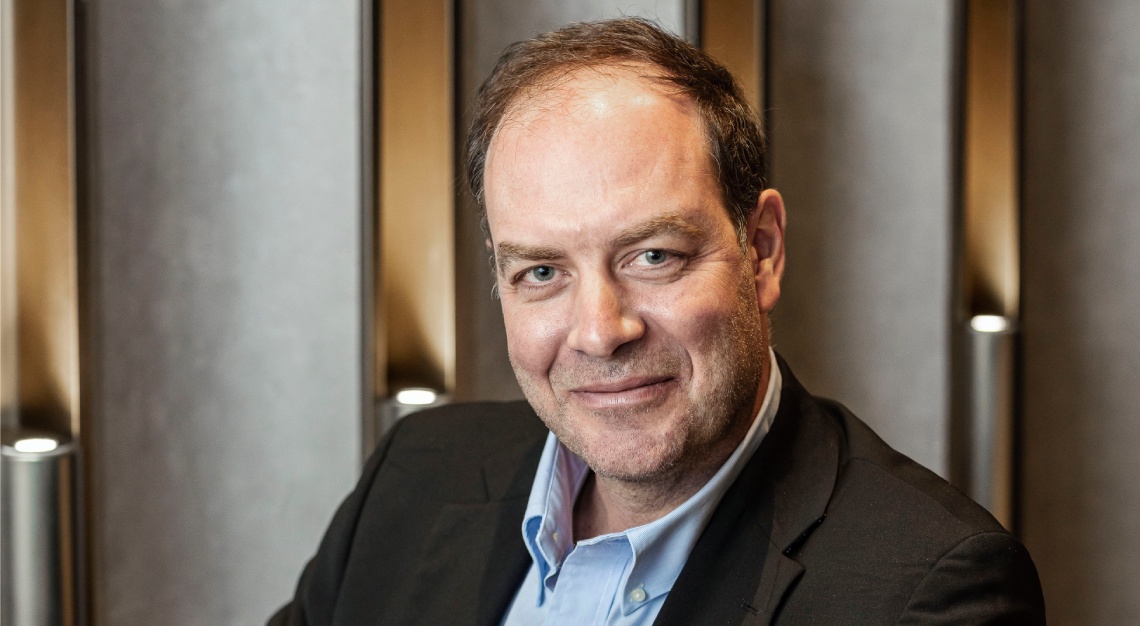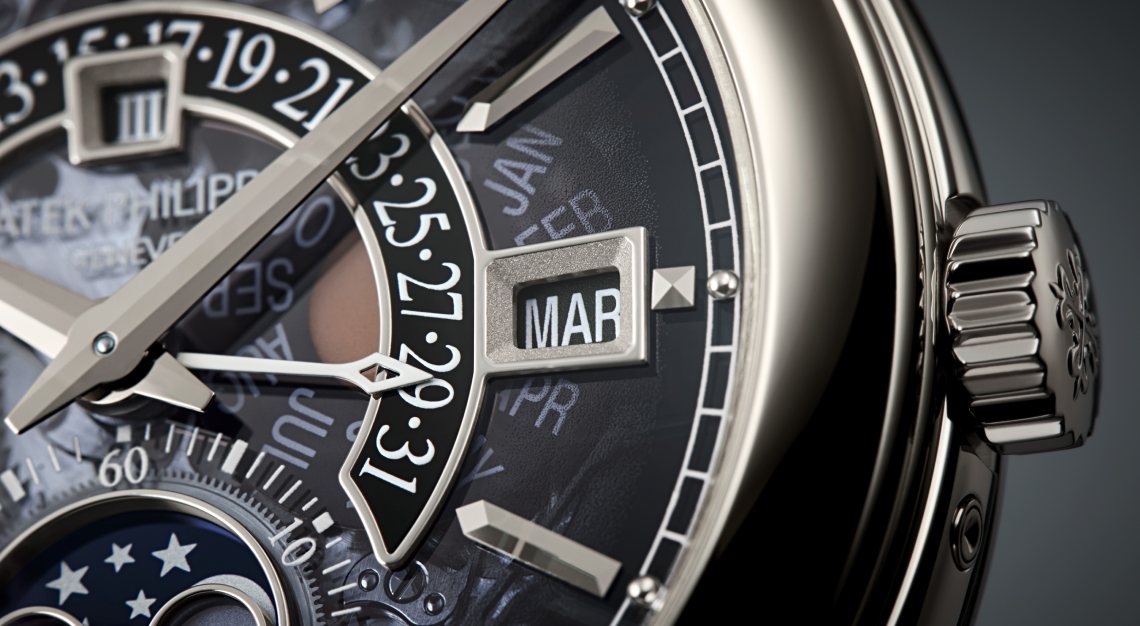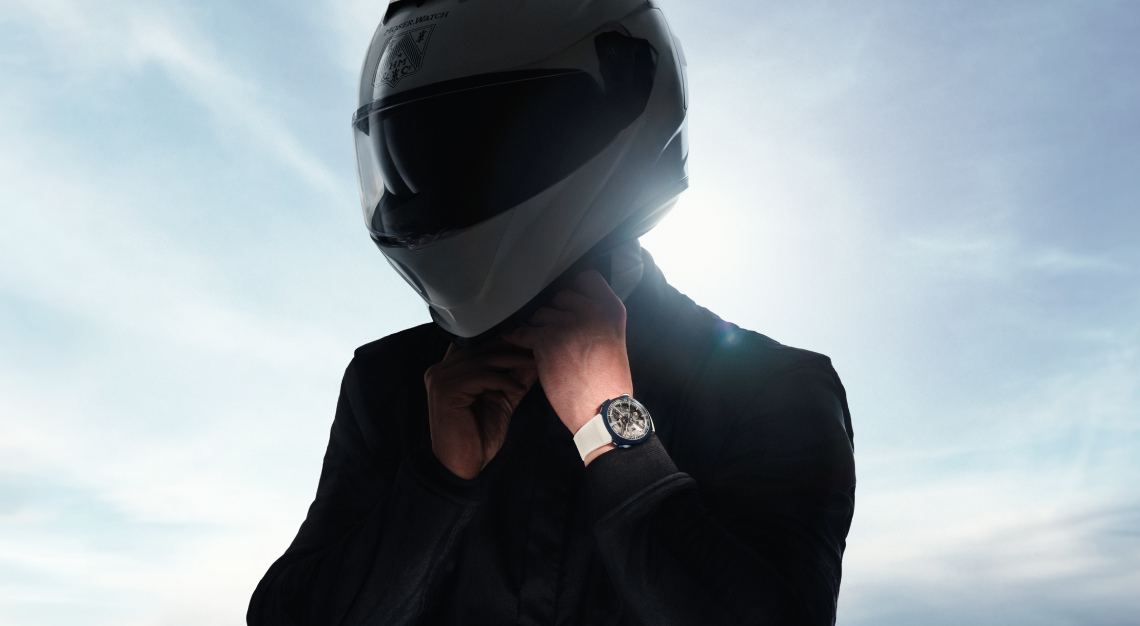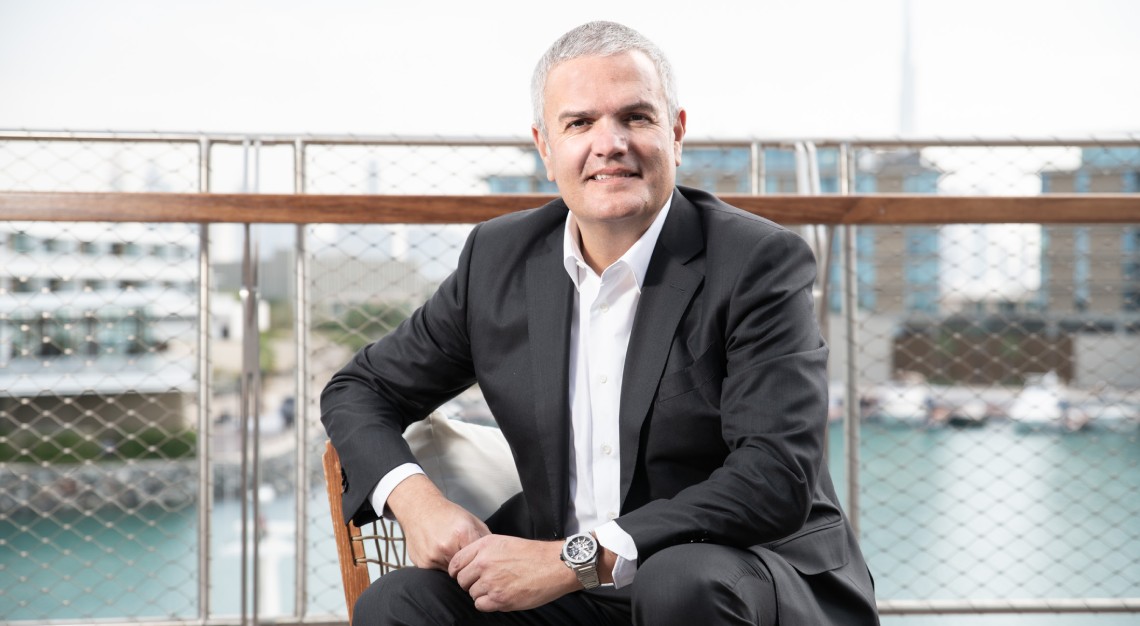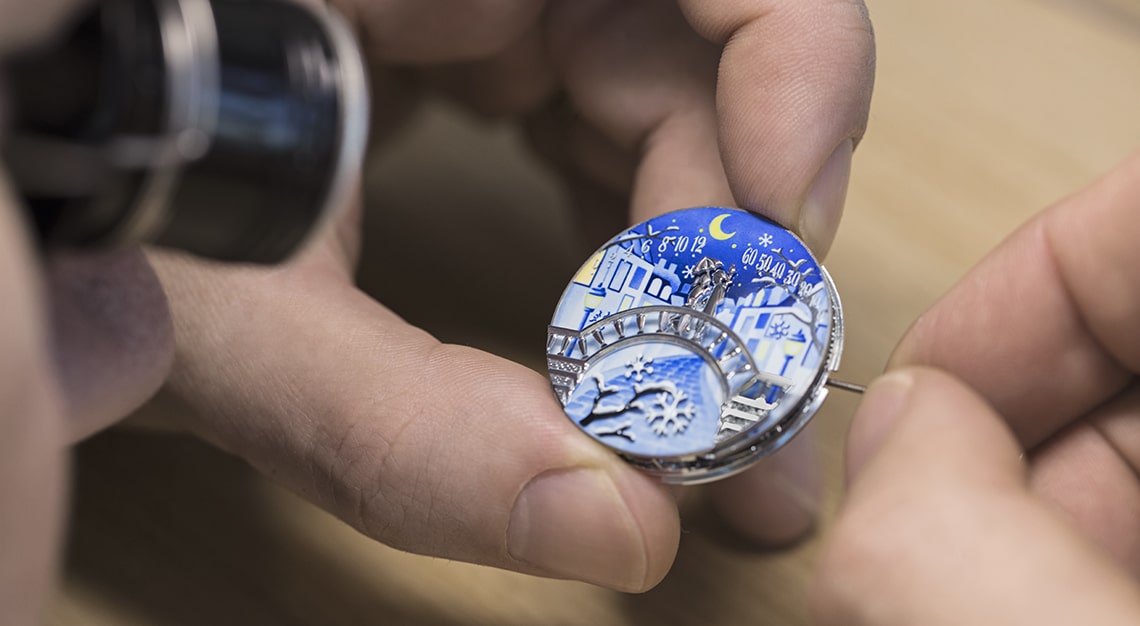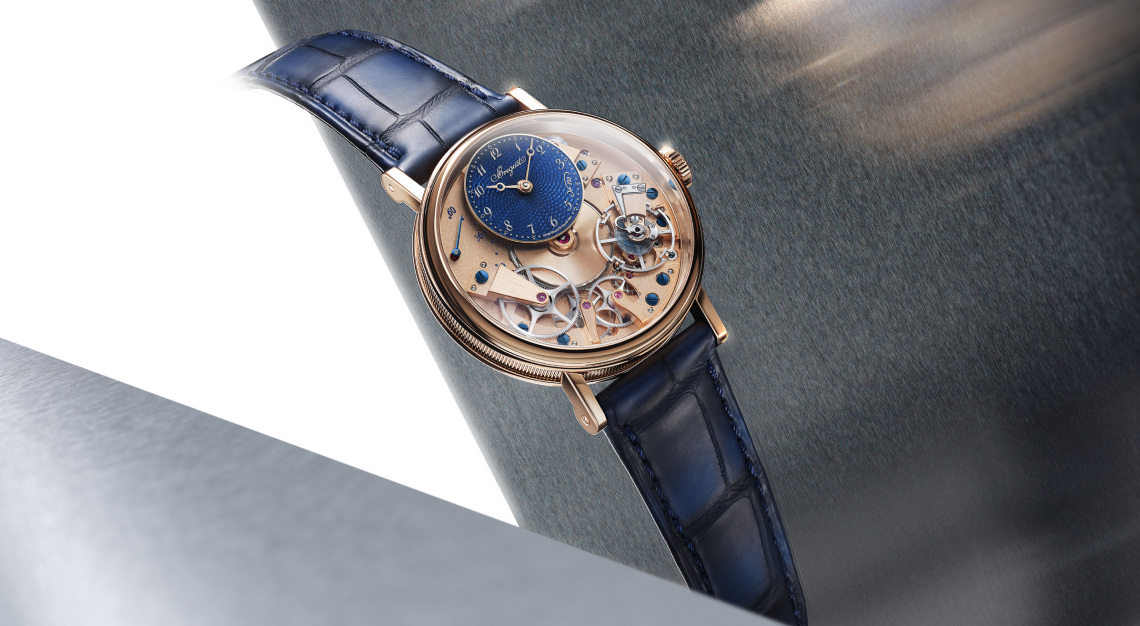Visionary designers from the world’s leading fashion, watch, automotive, and yacht companies share their creative inspirations and journeys. In this installment, we speak to Jean-Loup Glénat, head of design at luxury watch brand, Franck Muller
By Jean-Loup Glénat’s estimation, it takes no more than 20 seconds to sketch the outline of a new watch design. But it’s what happens after that which truly matters. “Sometimes, it takes up to two years to finalise every detail of a watch,” he says.
Having joined Franck Muller in 2010 and assumed the role of head of design in 2017, Glénat is well-versed in the discipline of rigorous attention to detail. His meticulous eye has shaped creations such as the Curvex CX—distinguished by subtle features like a newly developed guilloche pattern that gives the dial a dynamic sense of movement—as well as the brand’s 2025 novelties, including the vividly hued Vanguard Royal Bauxite with cases crafted from an exclusive aluminium alloy, and the intricate, gem-set Vanguard Curvex Cut Flower skeleton watches.

However, for Glénat, design is never just about aesthetics. Instead, he believes that heritage preservation, instinct, customer insight, and a spirit of experimentation are just as vital to contemporary watch design.
How did you get involved in the world of design?
I grew up in a creative environment. My parents were interested in architecture and I studied art from a young age. I knew that I would be working in a creative field when I grew up, but I didn’t know exactly which one. In fact, I spent two years in architecture school but decided to quit because I realised that I prefer to work in a different scale and different context—with products. In subsequent years I encountered different mentors from the watch industry, who slowly introduced me to this world where I could express myself.
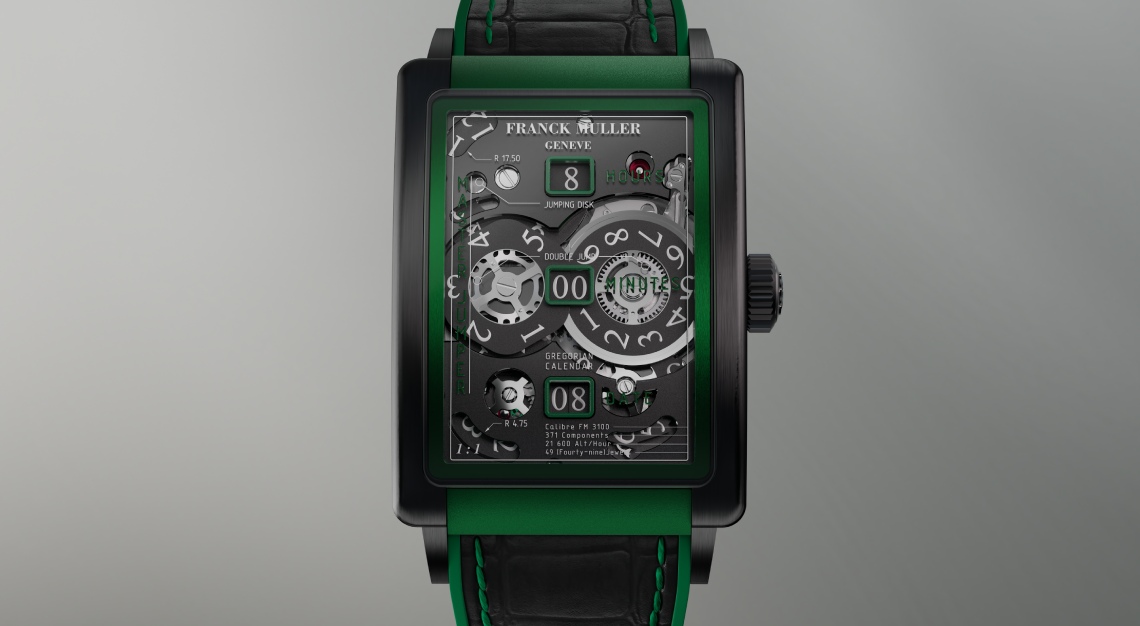
Do you remember the first time you looked at a watch and felt that you took an interest in it?
I must have been about 18 and it was my dad’s watch. Although it was a small object, I had the sense that one can have endless possibilities to explore—its shape, profile, materials, and so on—and from both the perspectives of design and function.
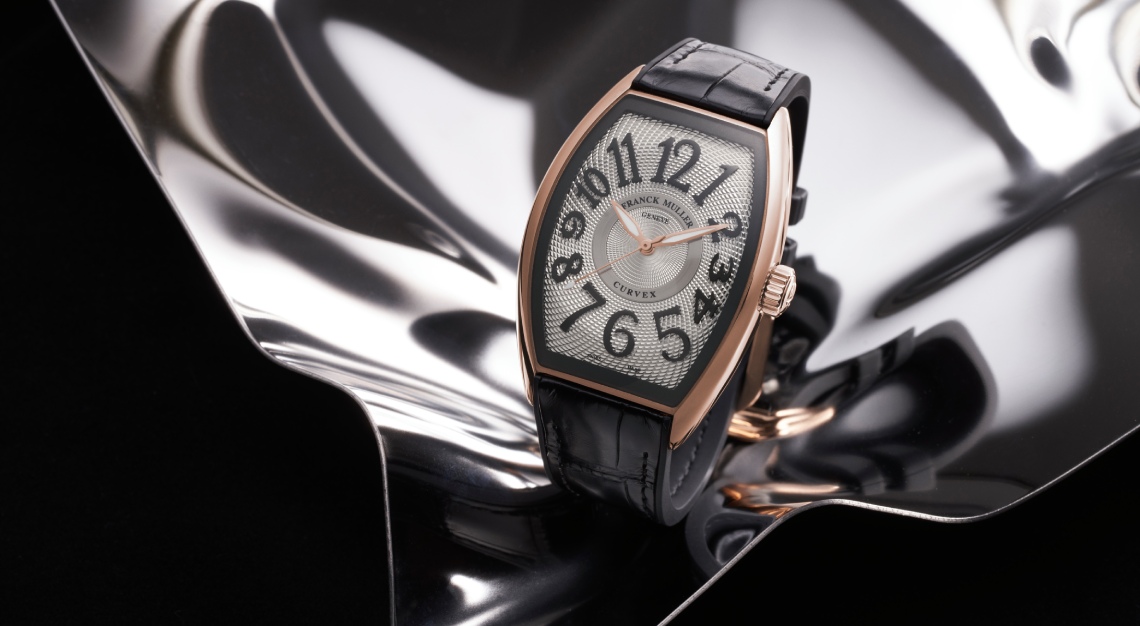
Who was your mentor in watch design?
Rodolphe, the watch designer who had his eponymous watch brand in the Franck Muller group. I started working with him in 2005 and it was through him that I discovered my love for watch design. He taught me a lot about scale and proportion, and how a watch’s design is three-dimensional—and that every millimetre counts.
How would you define your overarching philosophy as head of design at Franck Muller?
When I joined Franck Muller, I spent one year just analysing the company and thinking about what I could bring to the brand. I didn’t design anything at all. The brand had been around for about 20 years at that time, but it had a rich and beautiful story, with amazing watches and complications.
I understood that my work wasn’t necessarily to invent something new, but rather to continue this legacy. Sometimes, when the opportunity arises, I try to break the rules. But first and foremost for me, it is about respecting the culture and DNA of Franck Muller.
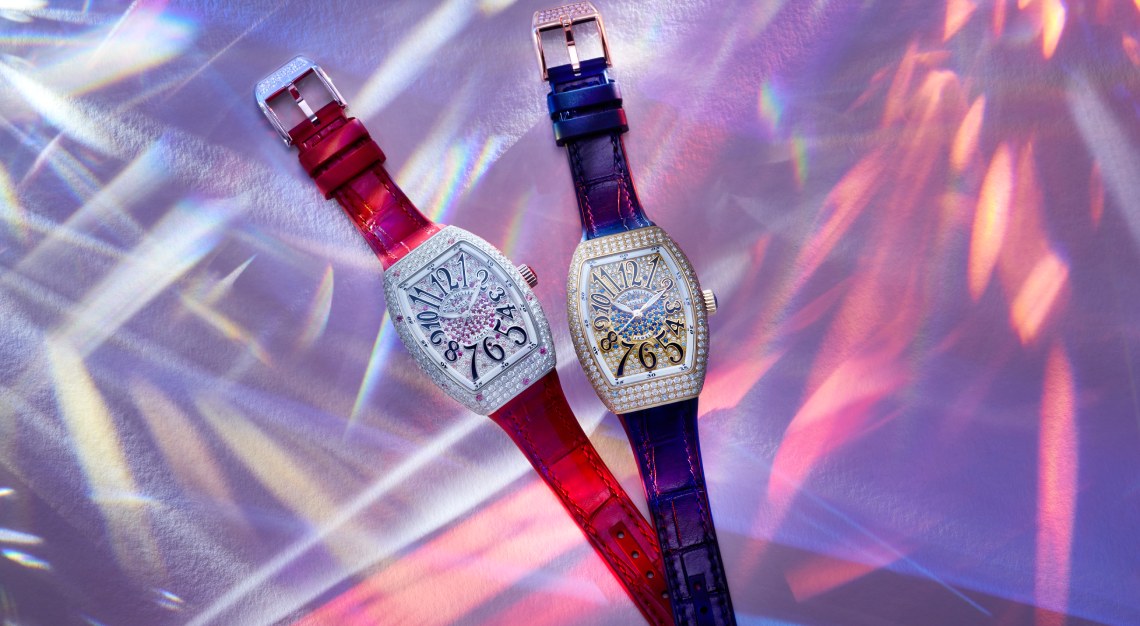
Can you name three watches that have defined your time at Frank Muller?
First one would be the Vanguard. We took inspiration from the iconic tonneau shape and created something new. There was a lot of pressure and doubts, but its success made it worth the while. The second watch would be the Gravity (a model that featured a uniquely large tourbillon cage and off-centred balance wheel) as I learnt a lot about working in synergy with the mechanical and engineering team. The third watch is the Master Jumper from 2024. For me, it has been the most technically challenging watch that we’ve worked on.
This story first appeared in the July 2025 issue. Purchase it as a print or digital copy, or consider subscribing to us here
